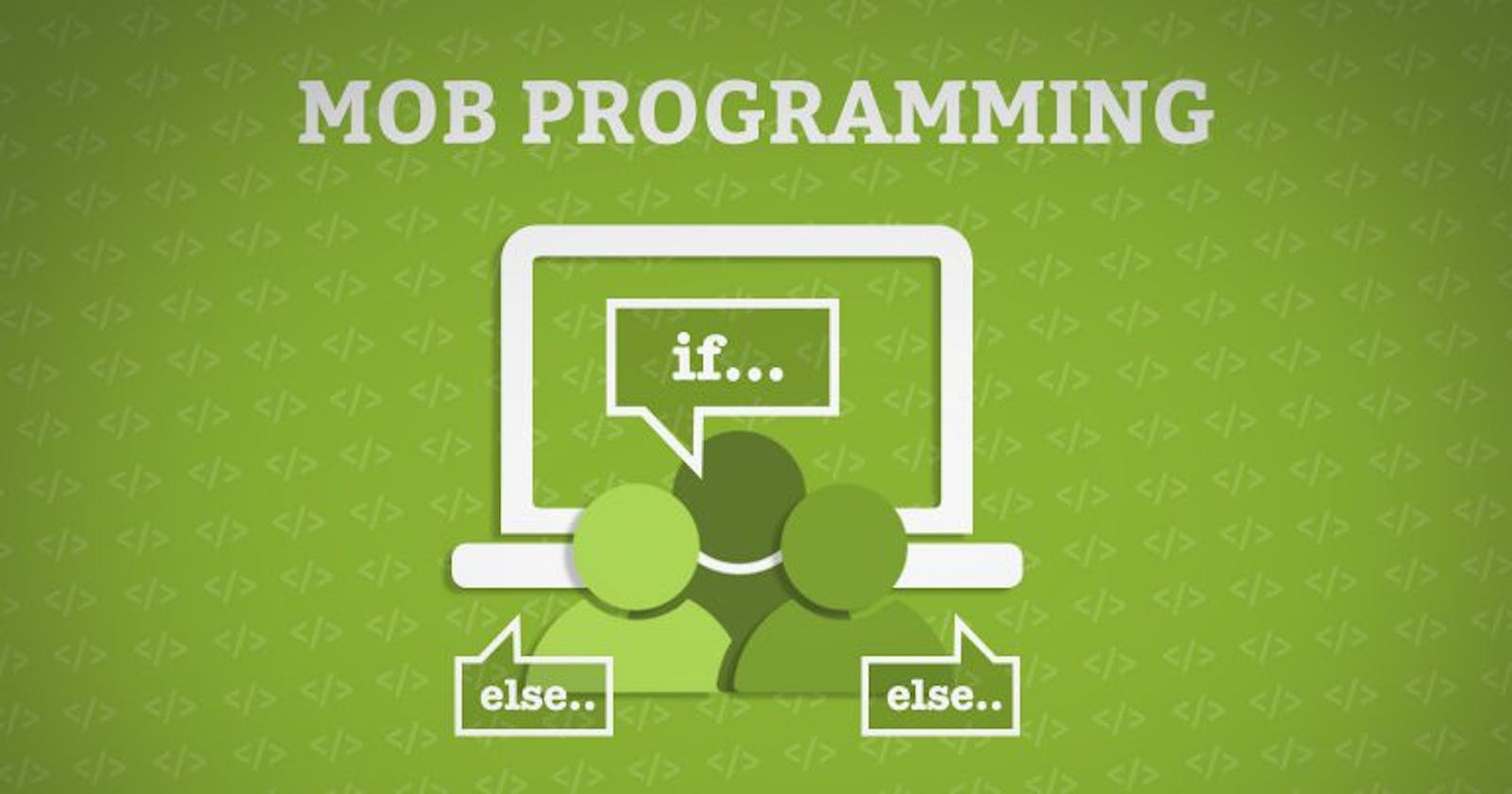Mob programming is a software development approach where a group of developers work together on a single task, collaborating in real time to design, write, and test code. It is an extension of pair programming, a practice where two developers work together on a task, but in mob programming, the group typically consists of three or more developers.
In a mob programming session, team members take turns at the keyboard while the others observe, suggest ideas, and discuss the code. This collaboration is often guided by a set of rules or protocols to keep the process efficient and focused.
The main roles in mob programming are:
Driver: The person currently typing at the keyboard. They write the code, following the suggestions of the rest of the team.
Navigators: The other team members who observe and offer input on the code being written. They can discuss design decisions, point out potential issues, and suggest improvements.
Mob programming has some potential benefits, such as:
Enhanced knowledge sharing: Team members can learn from each other's expertise, improving their skills and understanding of the codebase.
Improved code quality: The continuous collaboration and review process can lead to fewer defects and better-designed code.
Faster problem-solving: The combined expertise of the team can help overcome obstacles more quickly.
Stronger team cohesion: Working closely together can foster better communication and trust among team members.
However, there are also potential drawbacks, such as:
Reduced individual productivity: Developers might complete tasks more slowly when working in a group compared to working individually.
Increased noise and distractions: The constant discussion and collaboration might be disruptive for some developers.
Challenges in managing diverse skill levels: It can be difficult to ensure that all team members contribute effectively and learn from the experience.
Overall, mob programming can be a useful practice for some teams, but its effectiveness depends on the specific team dynamics, project requirements, and individual preferences.
Differencies against pair programming
Pair programming and mob programming are both collaborative software development approaches, but they differ in the number of developers involved and the way they operate. Here are the main differences between the two:
Number of participants:
Pair programming involves two developers working together on a single task, with one acting as the "driver" and the other as the "navigator."
Mob programming extends this concept to include three or more developers working together on a task, with one person acting as the "driver" and the others as "navigators."
Collaboration dynamics:
In pair programming, the collaboration is more intimate, as there are only two developers involved. This allows for closer communication and a faster exchange of ideas.
In mob programming, the collaboration involves a larger group, which can lead to more diverse perspectives and a broader range of expertise. However, it might also require more effort to manage the discussion and ensure that everyone's input is considered.
Learning opportunities:
Pair programming allows for more focused knowledge sharing between two developers, which can be particularly effective when one developer has more experience or expertise in a specific area.
Mob programming allows for knowledge sharing among a larger group, which can expose developers to a wider range of ideas and approaches. However, it might also be more challenging to ensure that all participants are engaged and learning effectively.
Efficiency and productivity:
Pair programming can lead to higher code quality and faster problem-solving due to the constant feedback and collaboration between two developers. However, it may also slow down individual productivity, as two developers are working together on a single task.
Mob programming can also improve code quality and problem-solving but may further reduce individual productivity, as more developers are involved in a single task. The larger group might also require more effort to coordinate and manage effectively.
In summary, pair programming and mob programming both promote collaboration and knowledge sharing among developers but differ in the number of participants and the dynamics of the collaboration. The choice between the two approaches depends on the team's size, dynamics, and specific project requirements.
NOTE: This article was mainly generated with ChatGPT for my personal purpose.

